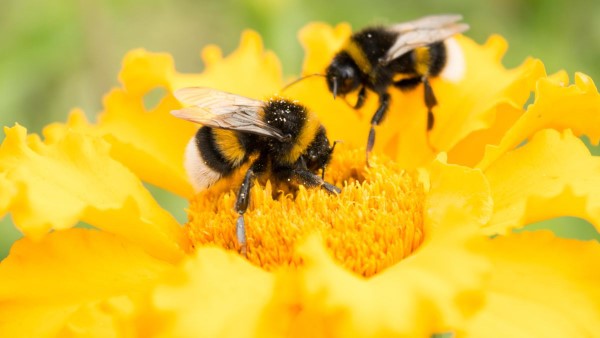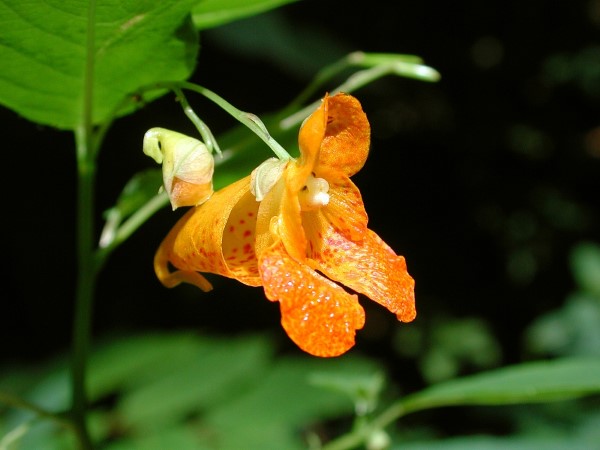
I sit outside next to bushes that were laden with bees less than a decade ago and I start looking for bee activity . . . I keep looking for bee activity.
The hummingbirds really needed traffic signals in my zinnia bed several years ago. I see two hummingbirds enjoying the flowers today. I thought I had more flowers on the plants in the vegetable bed than the amount of produce I got. I might have.
I am noticing a trend. I see it here, in South Carolina, in Nebraska, in California. When I see a bee on a flower, I have started to take pictures of it, just to document that the bees did freely walk on the flowers. I am concerned. Hummingbirds, bats, bees, beetles, butterflies and flies are pollinators that affect 75 percent of our flowers and almost the same percentage of our vegetables, according to the U.S. Fish and Wildlife Service.
Pollinators have the necessary job of spreading pollen, to state what is obvious to many. Pollen needs to be spread between plants. Pollinating insects include honeybees, solitary bee species, bumblebees, pollen wasps, ants, flies, mosquitoes, butterflies, moths and flower beetles. Pollen from the male anther of a flower gets moved to the female stigma of a flower, fertilizing the flower to allow it to grow into produce and seed pods or nuts.
Birds, especially hummingbirds and bats also contribute to pollination with the pollen attached to feathers. Wind and small animals like mice and possums can inadvertently contribute to pollination. There is scientific evidence that pollinators are in decline. The webpage fws.gov/pollinators provides related activities and information useful for both adults and students.
Interested in gardening and food production? Plant a pollinator garden and minimize use of chemical pesticides. Once again, I referenced the Fish & Wildlife Service website. Choose plants that are native and that flower at different times of the year—the chart below lists some species that grow in the Southeast U.S.
Shrubs
American Beautyberry
Sweetshrub
Blueberry
Carolina Rose
Oakleaf Hydrangea
New Jersey Tea
Virginia Willow
Cinnamonbark
Spice Bush
Fragrant Sumac
Mock Orange

Sweet Azalea
Possumhaw
Winterberry
Mountain Laurel
Drooping Leucothoe
Yaupon
Southern Waxmyrtle
Trees
Serviceberry
Redbud
Red Buckeye
Carolina Silverbell
Fringe Tree
Red Bay
Sourwood
Pawpaw
Flowering Dogwood
Witch Hazel
Carolina Laurel Cherry
Yaupon Holly
American Holly
Vines
Trumpet Creeper
Carolina Jasmine
Crossvine
Passionflower
Virgin’s Bower
Coral Honeysuckle
Virginia Creeper
Fox Grape
Wildflowers
Bee Balm
Fire Pink
Cardinal Flower
Blazing Star
Black-eye Susan
Purple Coneflower
Wild Phlox
Foam Flower
Partridge Pea

Jewelweed
Wild Geranium
Butterfly Weed
Tickseed
Sunflower
Indian Blanket
Joe Pye Weed
Ironweed
Grasses
Big Bluestem
Little Bluestem
Purple Lovegrass
Bottle Brush
Switchgrass
Indian Grass
Eastern Gamma Grass
Broomsedge
Pink Muhlygrass
Be sure to provide nesting for the pollinators near the pollinator garden. Hummingbirds use plant material to nest in trees and bushes. Butterflies lay eggs on specific plants. Milkweed, dill, carrots will all support a butterfly species. Bees nest in the ground, openings in stone walls, dried plant stems and in old wood and trees. They prefer it warm (south facing) and sprinkler free.
Support the life cycles of our pollinators as they support ours.













